Mark Behrens and Steve Batz of Panoptic Photography are known for taking portraits that look effortless and natural, even when flash is used. In this video tutorial, the duo sets out to answer one of the most common questions photographers ask: “How do you use flash without it looking like flash?”
On a beautiful sunny day, they explore a few everyday locations and show two different approaches to the same scene. Steve leans toward subtle and natural blends, while Mark often prefers a more dramatic approach. This side-by-side comparison shows just how versatile flash can be once you learn to control it.
Flash and Softbox Setup for On-Location Portraits
For this shoot, both photographers relied on the Westcott FJ400 II paired with the ClickBox 2x3 softbox. This combo is lightweight, portable, and perfect for location work.
The FJ400 II offers plenty of power for outdoor shooting while also being able to dial down low enough for natural blends. The ClickBox softbox adds soft, even light, helping the flash feel less harsh and more like daylight. It’s a setup that can be carried with ease, making it a favorite for photographers who need to move quickly between locations.
Flash Photography in a Stairwell: Blending Natural and Artificial Light
Steve’s Approach: Low Power Flash for a Natural Look
Steve begins in a stairwell where soft window light is already present. Instead of overpowering it, he sets his FJ400 II at a very low 1.2 power. By keeping his flash subtle, he adds just enough fill to even out the exposure without losing the natural feel.
The result looks like their model is lit entirely by the existing light. This approach is perfect for photographers who want their images to feel authentic and natural.
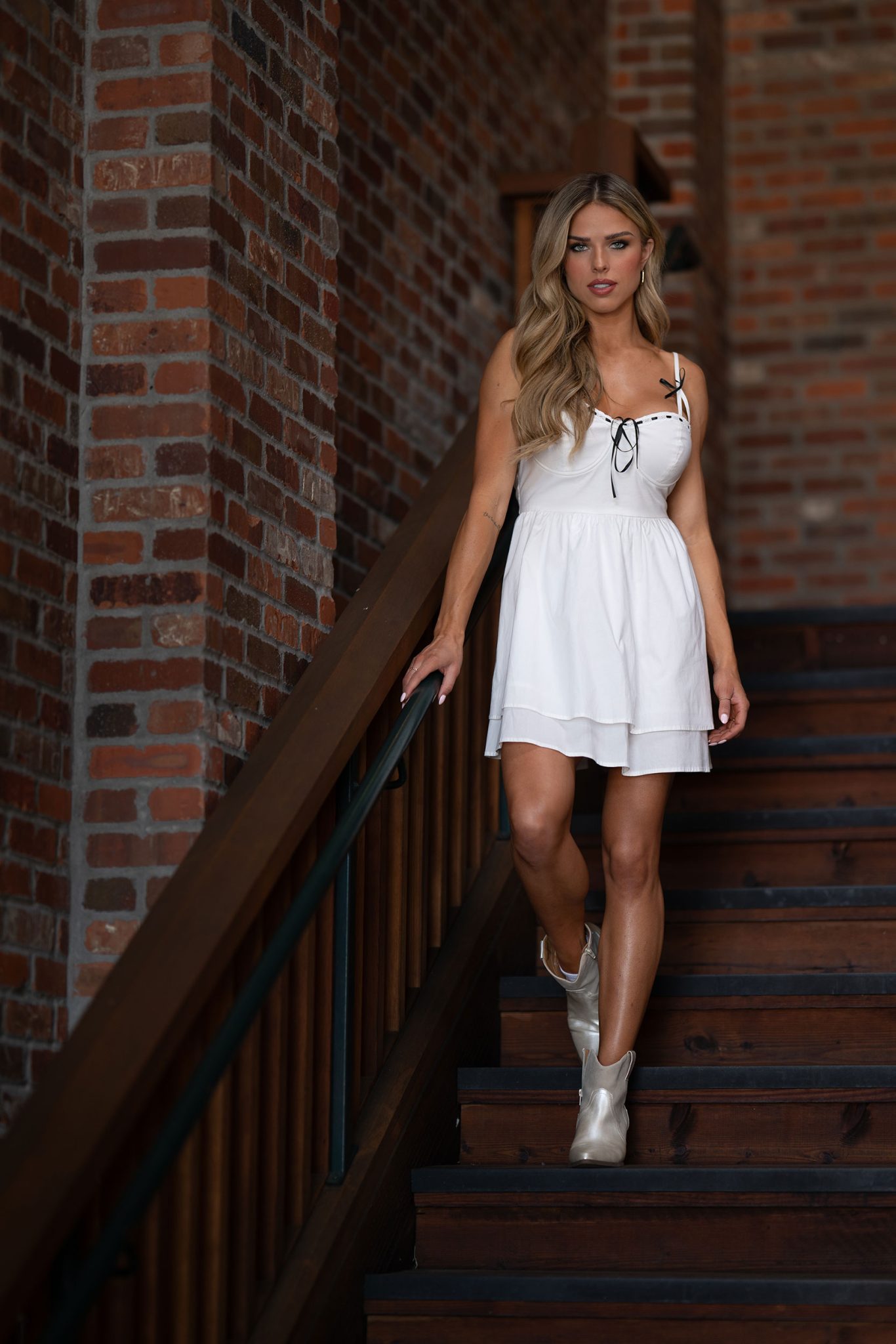
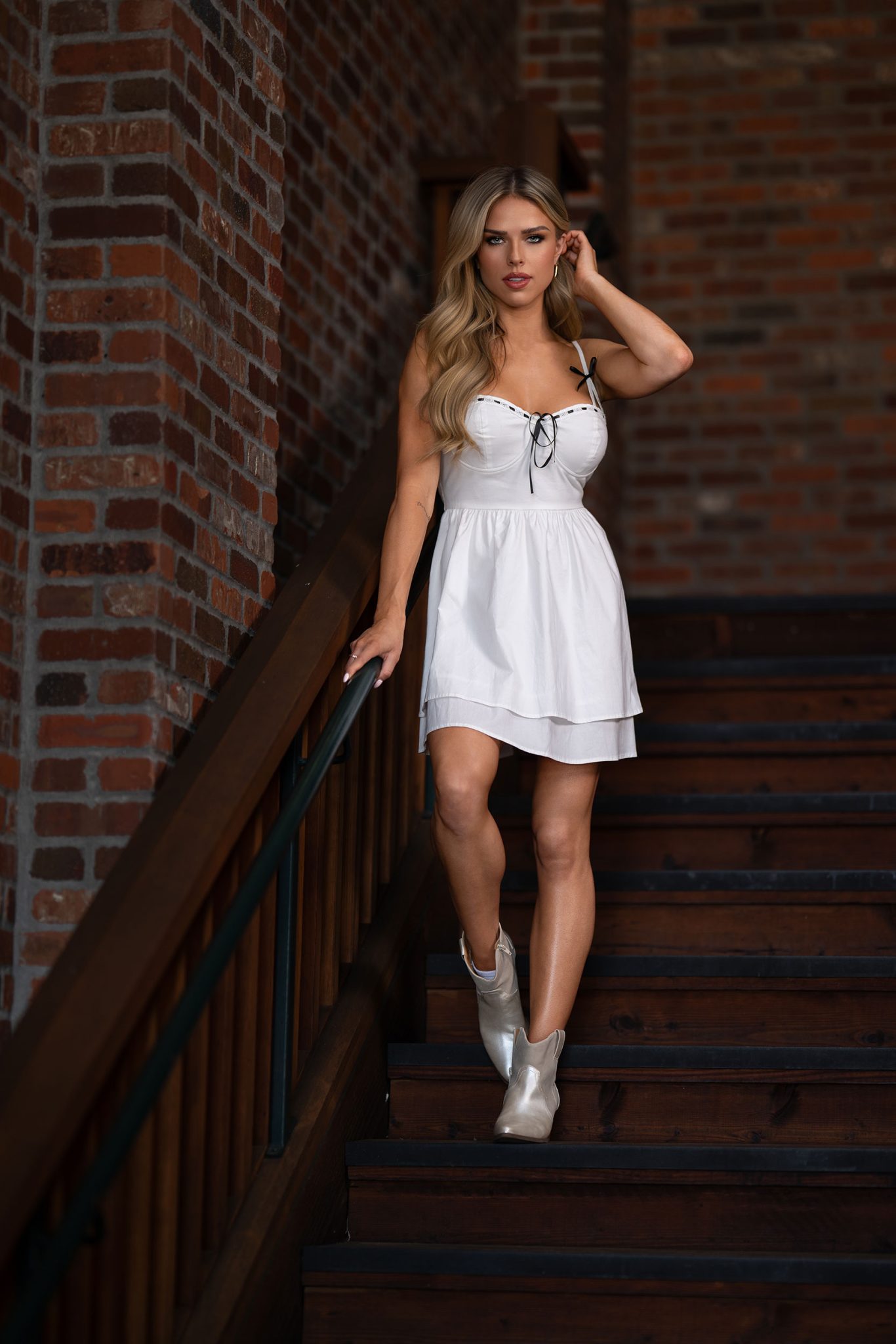
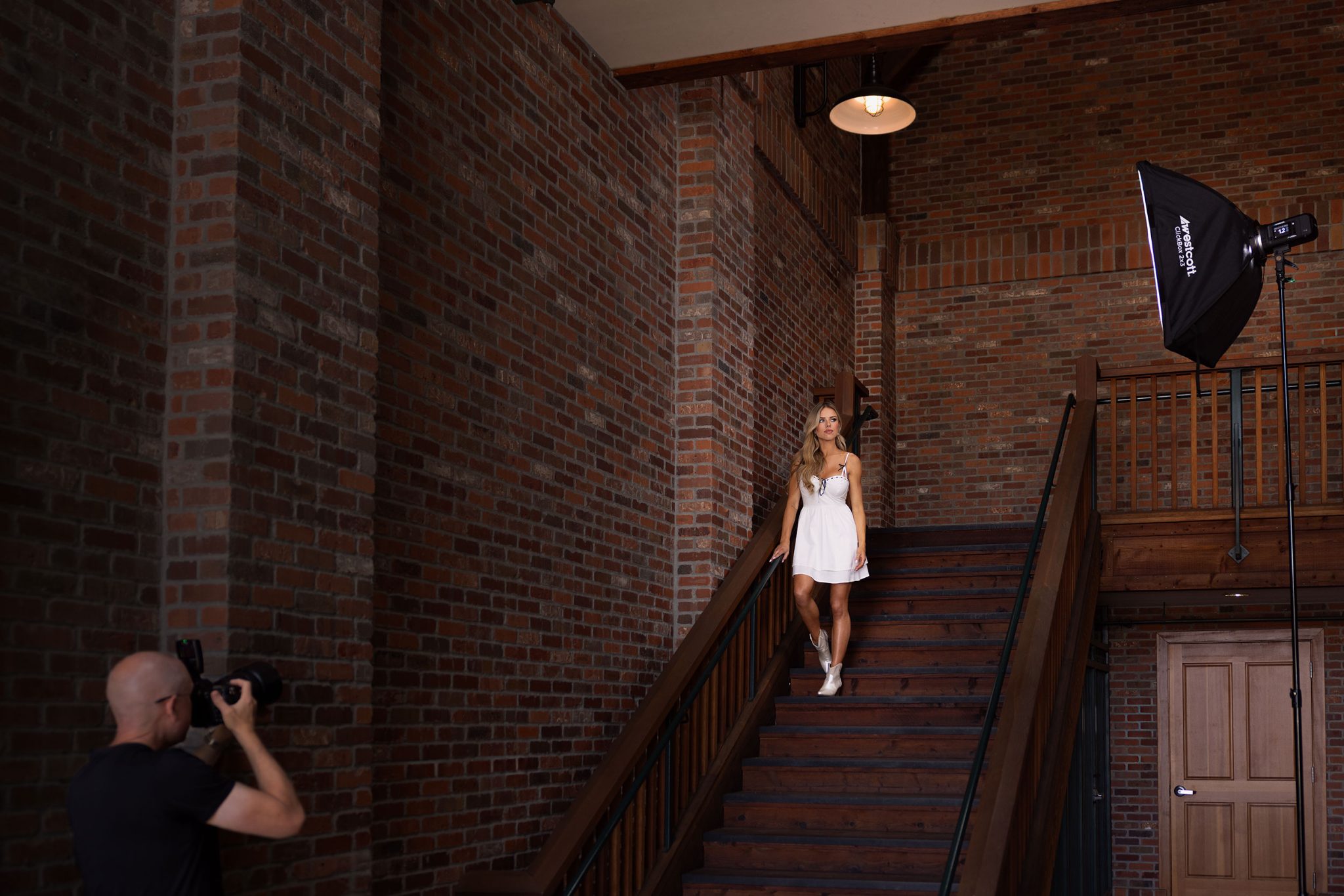
Mark’s Approach: Adding Drama with More Flash Power
Mark takes the opposite approach. By increasing his flash to 3.5 power and moving the ClickBox closer, he blocks out most of the ambient light. This makes the stairwell feel like a controlled environment where he shapes the entire scene with flash.
The look is bold and dramatic, with light sculpting their subject and filling the space. The big takeaway here is that one location can offer multiple looks depending on how you use your flash.
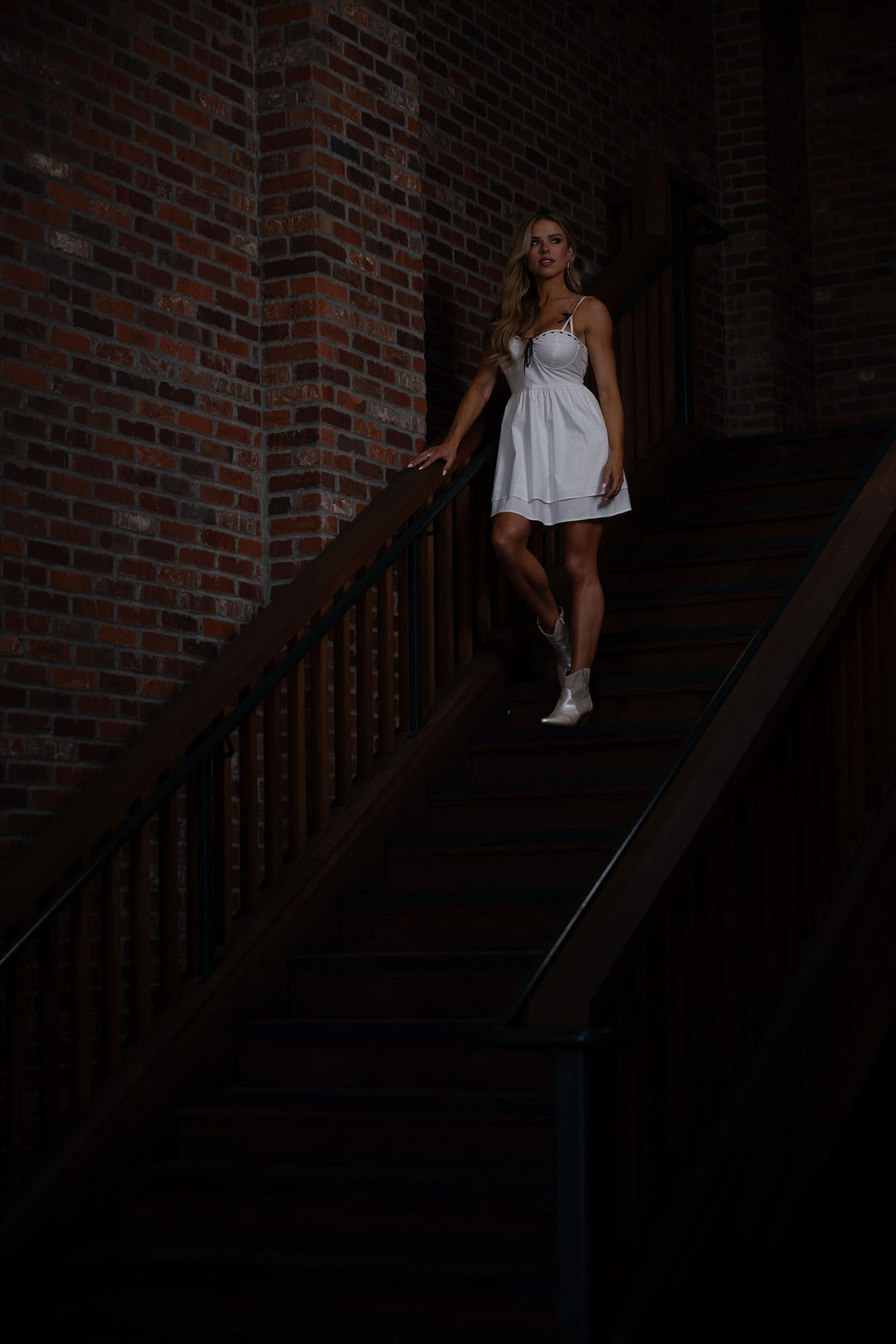
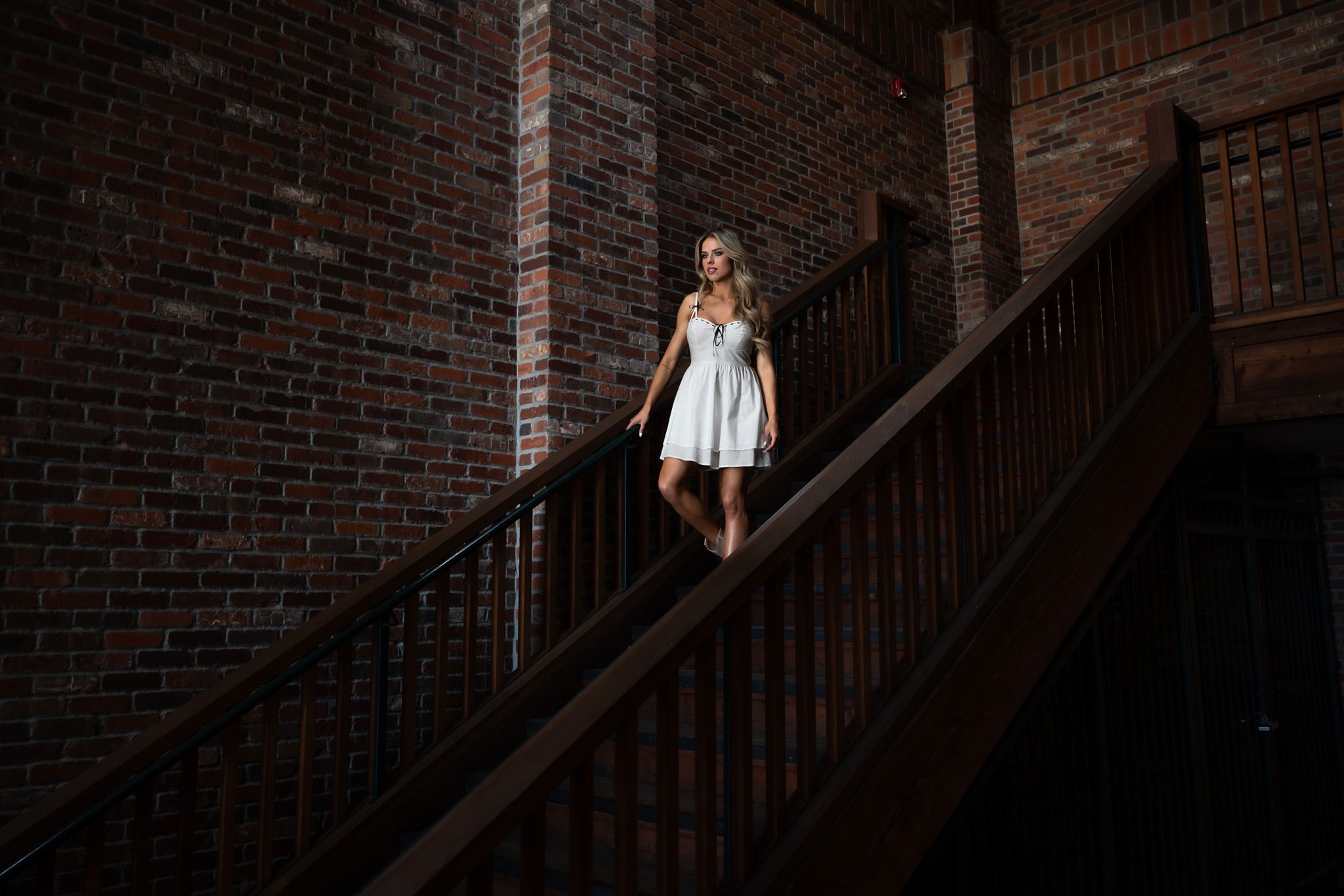
Flash Photography Tips for Harsh Outdoor Light
Steve’s Approach: Matching the Sun with Flash
Shooting in harsh midday sun is often avoided, but Steve shows how flash can make it work. By setting up his FJ400 II in the same direction as the sun, he balances the strobe’s output with natural light.
This fills in unwanted shadows while keeping the natural direction of sunlight intact. It’s a trickier setup, but it results in images that look natural and consistent with how the eye sees light outdoors.
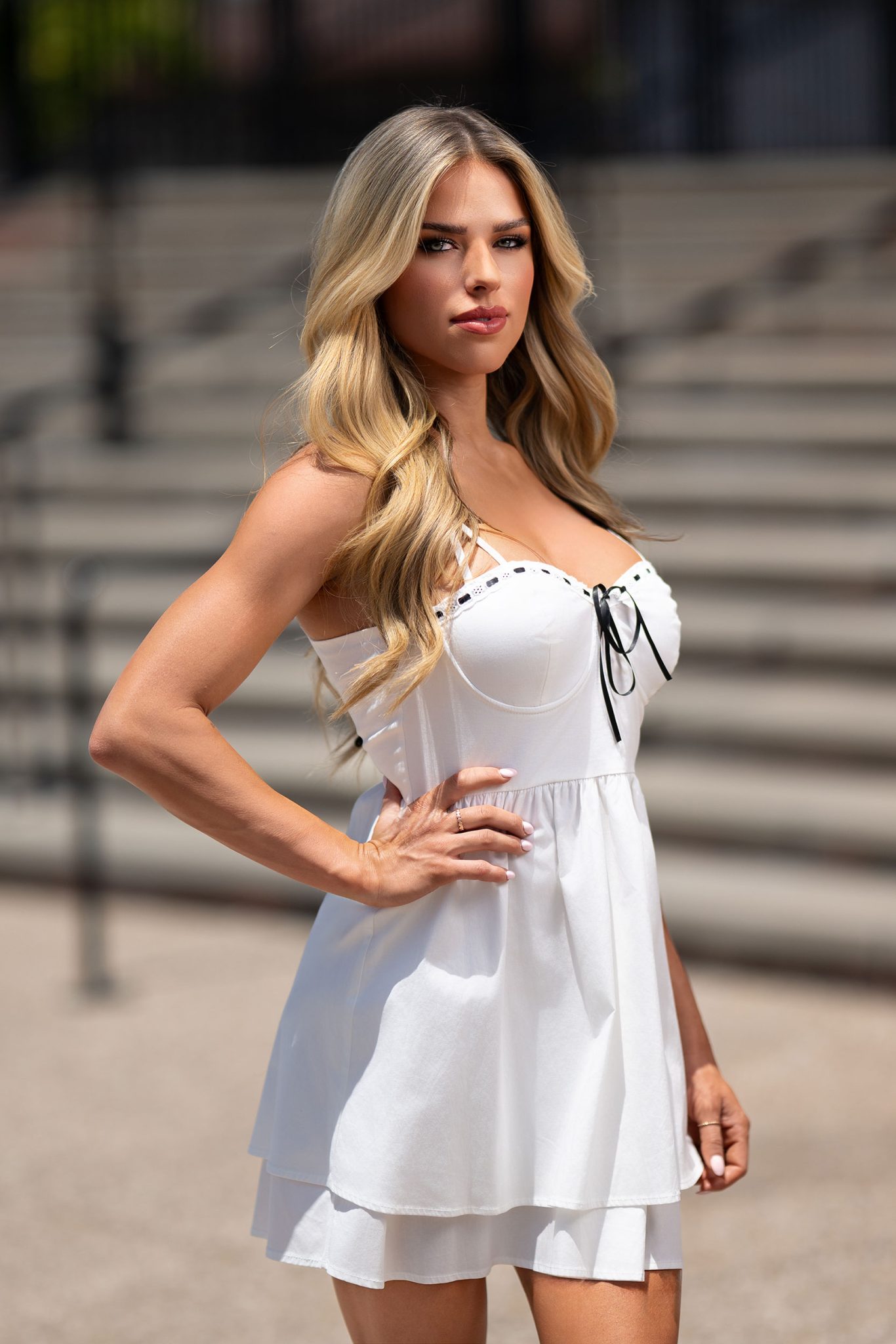
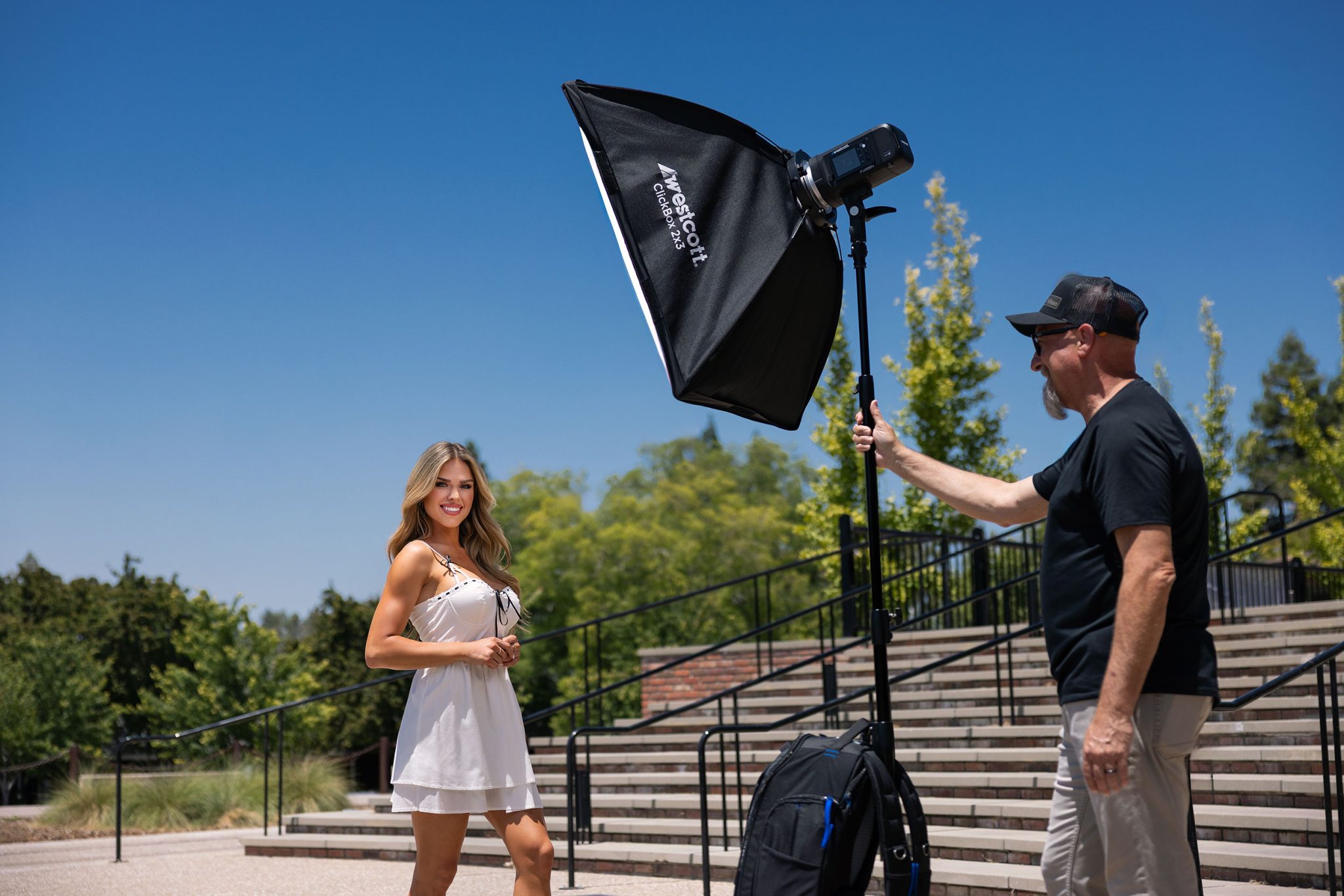
Mark’s Approach: Using the Sun as a Backlight
Mark flips the script by positioning their model with her back to the sun. The sun acts as a glowing rim light, while the flash fills in her face and evens out shadows.
This approach creates depth and separation, especially in bright conditions where shadows can become distracting. By thinking of the sun as a built-in second light source, Mark is able to capture portraits that feel polished and dimensional, even in the toughest lighting conditions.
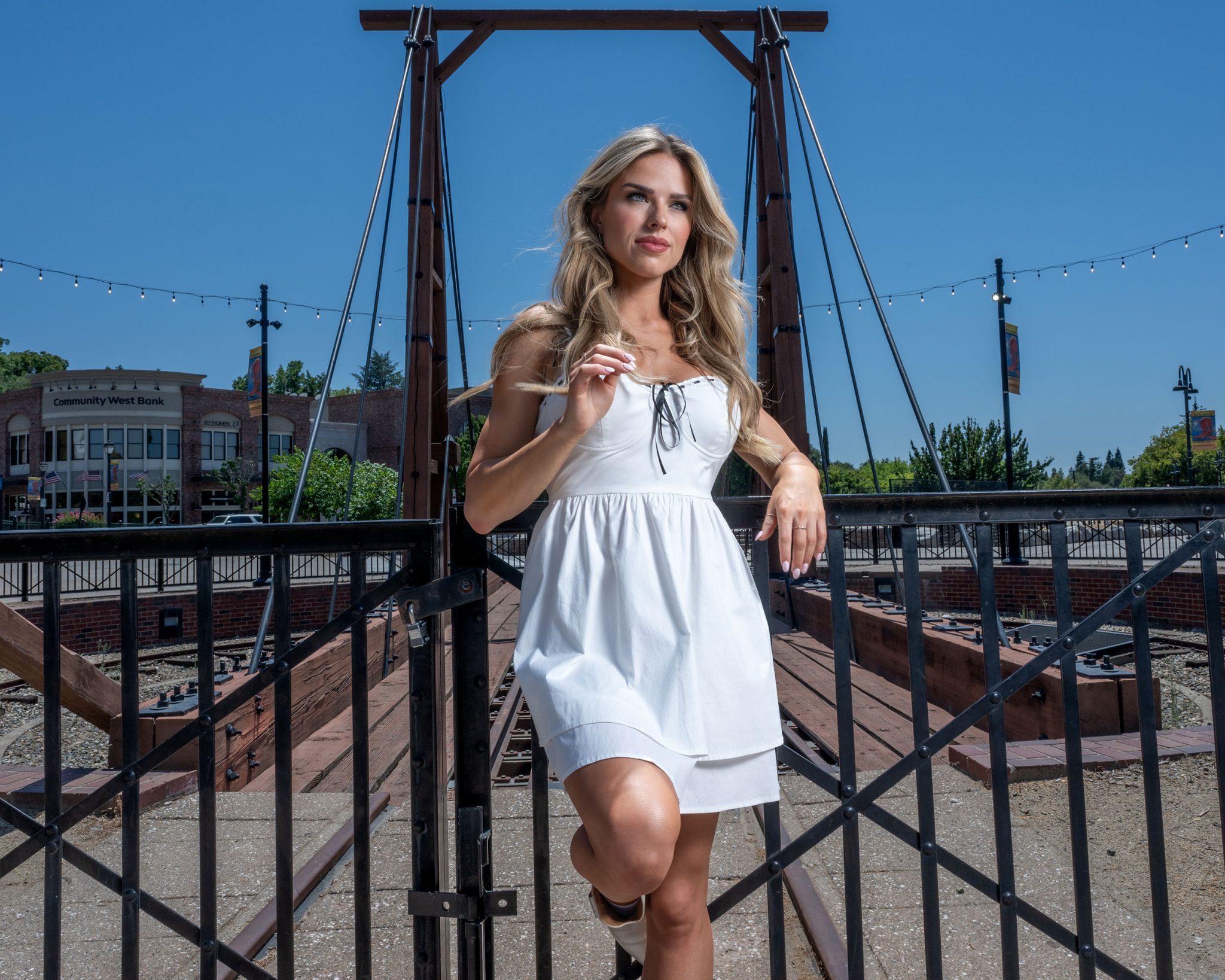
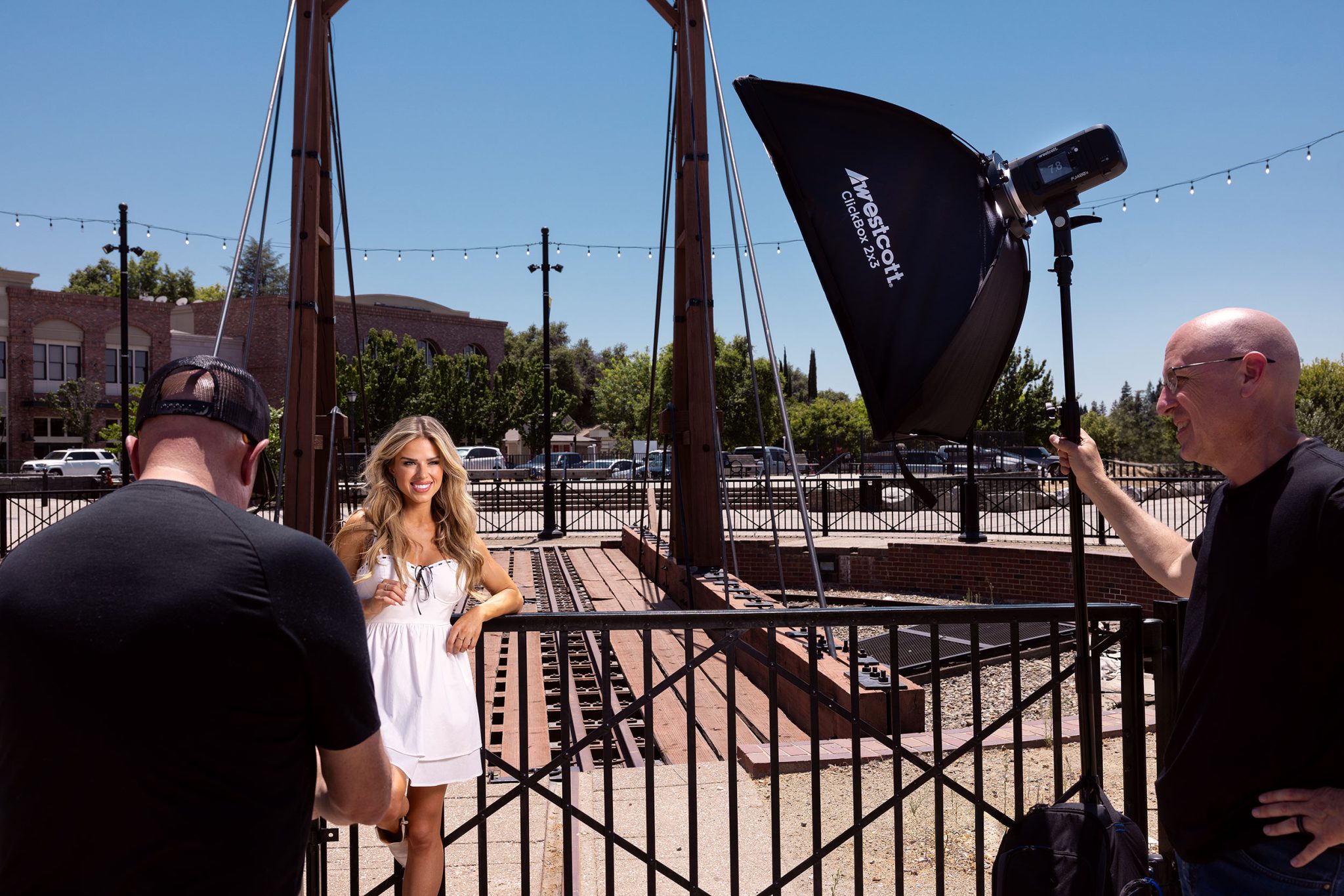
Conclusion: Tips for Making Flash Look Natural
Mark and Steve’s shoot is the perfect reminder that there’s no single “right” way to use flash. With the Westcott FJ400 II and ClickBox softbox, you can create soft natural looks or bold dramatic portraits, all within the same location.
The key is control. By adjusting flash power, distance, and direction, you can decide whether your light blends seamlessly with the environment or transforms it completely. That flexibility is what makes flash such a powerful tool for photographers on the go.
Want to See More from Panoptic Photography?
Check out Mastering Flash Photography: 5 Lighting Principles for Beginners, where Mark and Steve break down the basic principles of lighting and share how to get started with flash in your own portraits.






You must be logged in to post a comment.